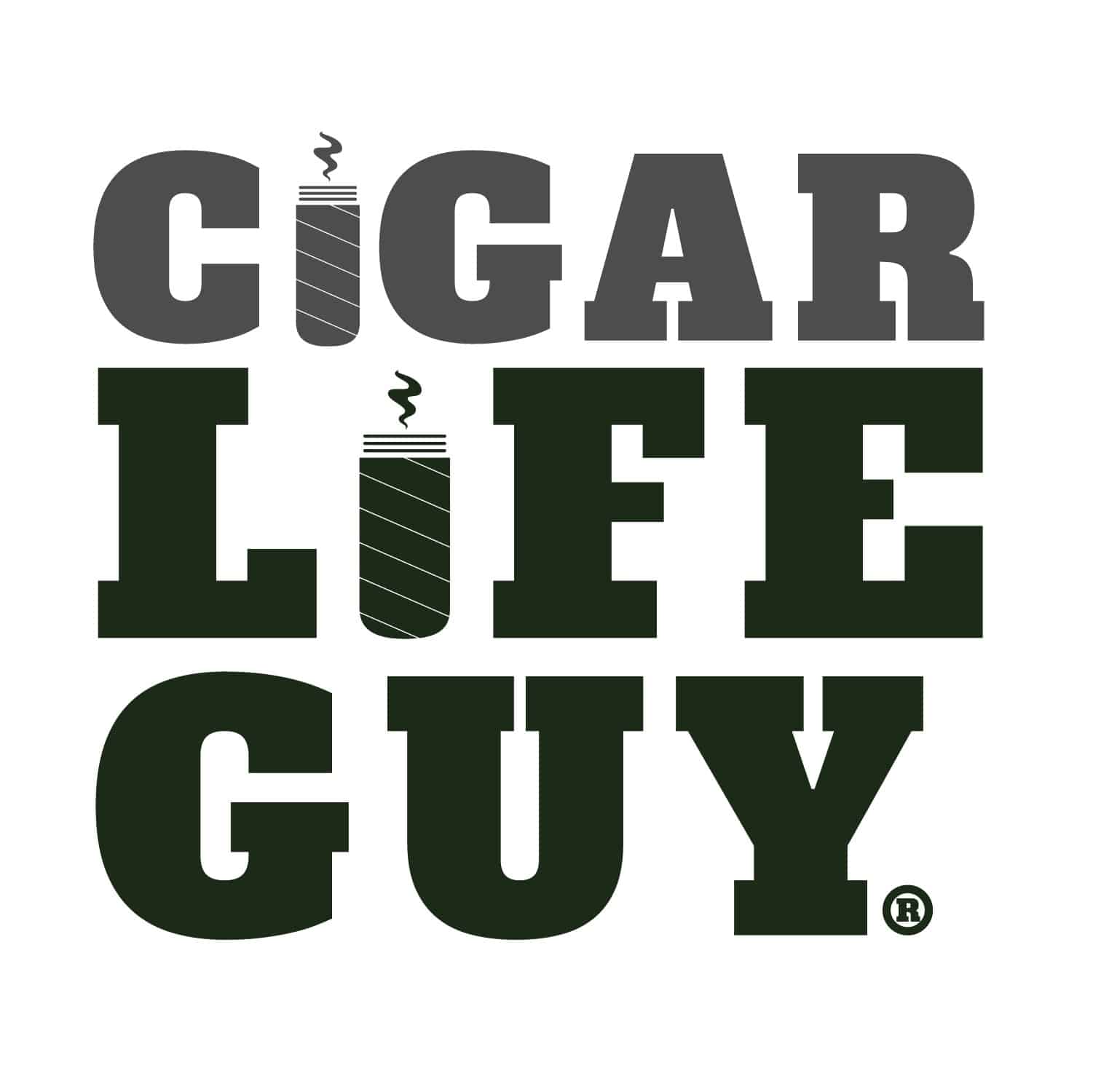Nicaraguan Cigars Pack a Punch
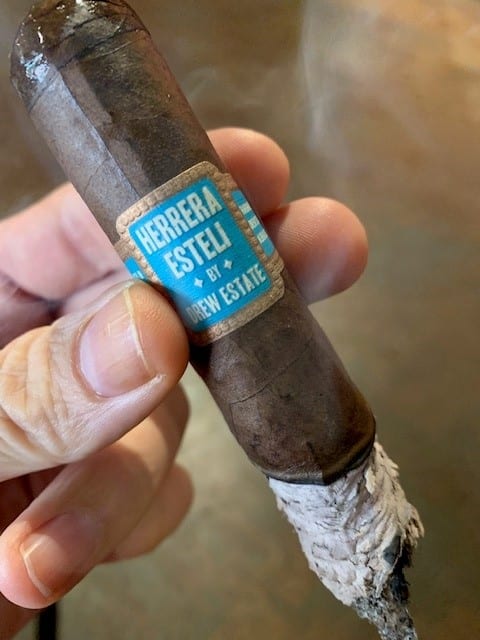
Nicaragua is the largest country in Central America and has the most cigars imported into the United States, beating out the Dominican Republic and Honduras. According to Cigar Aficionado, during the first two months of 2021, Nicaragua shipped 16.4 million cigars, compared to 7.3 million from Honduras and 10.9 million from the Dominican Republic. Most […]
Maduro Cigars: Deep, Dark, and Delicious
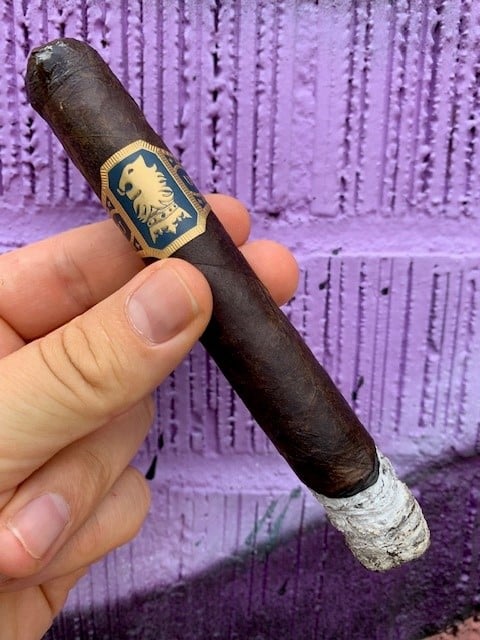
Cigars usually come in one of two classifications of wrappers: Natural wrappers or Maduro wrappers. Natural wrappers range in color from light yellow Connecticut Shade to brown Habano. Maduro cigar wrappers vary from dark browns to black. There also is a green leaf variety of wrappers with Candela-wrapped cigars, but these are rarer. Maduro cigars […]
Four Reasons to Love Cigar Lounge Communities

The atmosphere in a cigar lounge brings people together. “Brothers of the Leaf” or “Sisters of the Leaf” describe lovers of fine hand-rolled cigars and their passion for each other. Throughout the Covid-19 pandemic, hundreds of thousands of cigar smokers have banded together online by joining virtual cigar clubs through social media sites like Facebook […]
Six Things a New Cigar Shop Owner Should Do
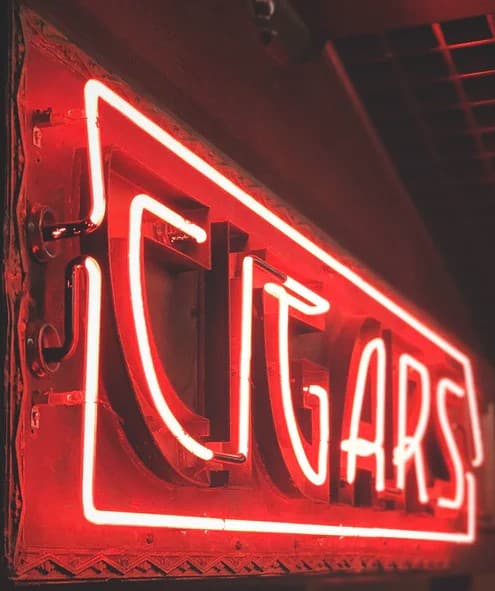
Cigar shipments are up and some in the industry are hinting at a second Cigar Boom following the original boom in the 1990s. The U.S. economy, despite a global pandemic, has been in a decades-long bull market creating unprecedented wealth for many. Borrowed money is cheap and easy relative to historical norms. More Americans are […]
Candela: “Those Green Leaf Cigars!”
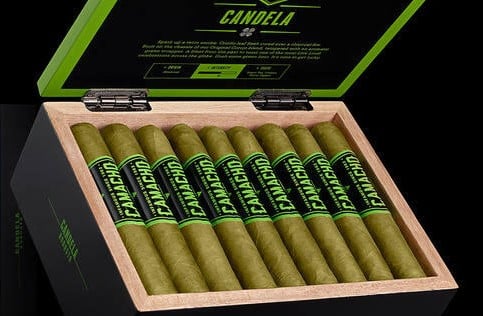
Cigar wrappers come in many shades and colors. There are almost as many wrappers as there are shapes. The most we’re familiar with are the light tan of Connecticut shade wrappers, the medium browns of Habanos, and the oily dark Maduros. Walk into a cigar store’s humidor and you’ll most likely see hundreds of selections […]
How to Cleanse Your Palate Before Smoking Cigars
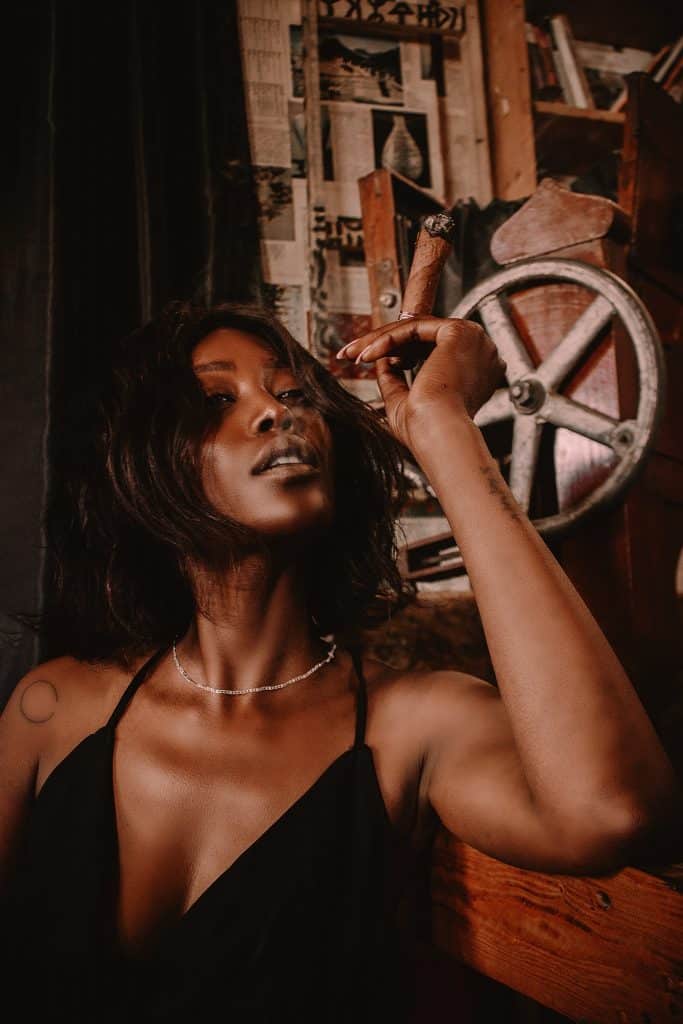
Have you ever had your favorite cigar and enjoyed the nuanced tasting notes only to have it taste completely different or even bland the next time you try it? Perhaps the aroma has changed and something seems off about your smoke. You may be the victim of palate or olfactory fatigue! To get the fullest […]
How to Cut a Cigar Without a Cigar Cutter

It’s a beautiful day outside and you’re enjoying yourself. The sun is shining. There’s a slight breeze in the air, and you think to yourself, “Wow, what a perfect time for a cigar!” You pull out the cigar that has been waiting for you to light it at this very moment. You grab your cigar […]
Six Things Your Cigar Bartenders Wish You Knew
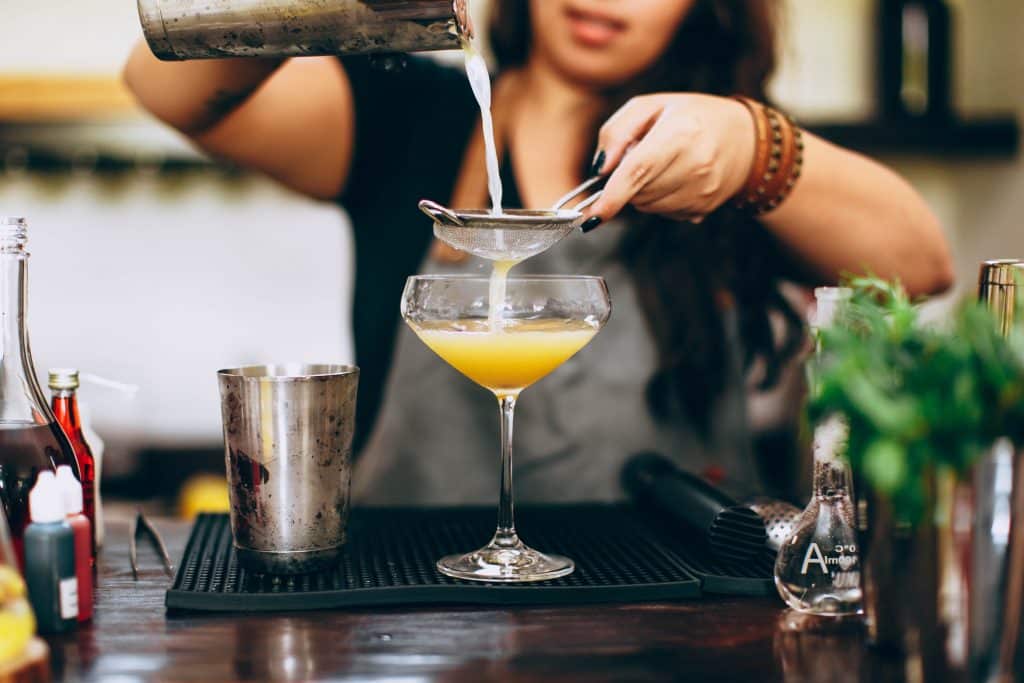
The cigars are only one aspect of the experience at the cigar lounge. By and large the cigar bartender at your local cigar bar appreciate the job they have, certainly relative to other bar gigs. Yet, there are a few things you as a patron ought to know. So, we reached out to the community […]
Five Things You Should Know Before Beginning Cigar Lifestyle

Beginning a cigar lifestyle is not for everyone. In fact, if the thought of drawing in the rich flavor and aroma of a fine cigar doesn’t appeal to you, click away. However, if you ever thought about smoking cigars or you currently enjoy an occasional stick, then this is the article for you. Cigar lifestyle […]
Why You Should Never Smoke a Cigar With a Hangover

If you Google search for the top 10, 20, 30, or 100 hangover cures, you will never find cigars anywhere close to that list. What you will find are liquids, vitamins, more alcohol (hair of the dog), carbohydrates, over-the-counter medicine, Pedialyte, coffee, and many others. Cigars? Nope. When you’re hungover, your body is begging for […]
